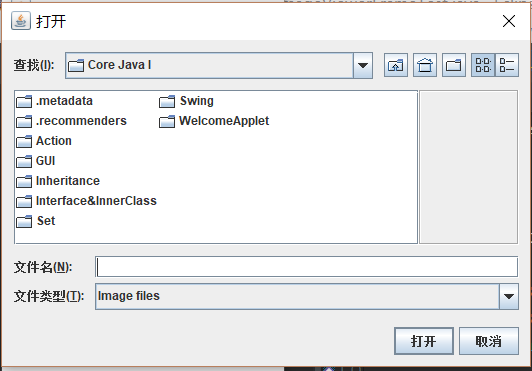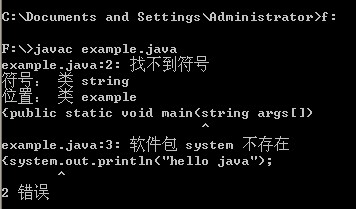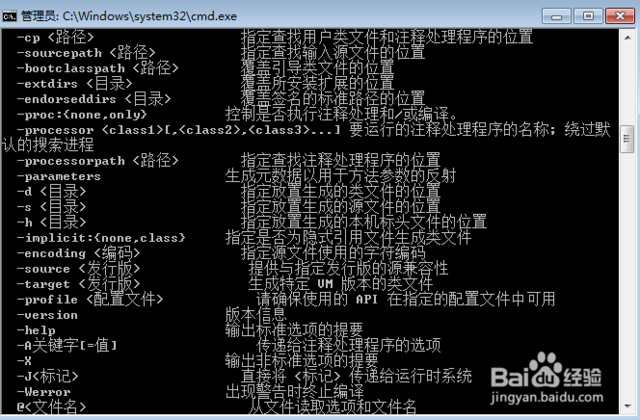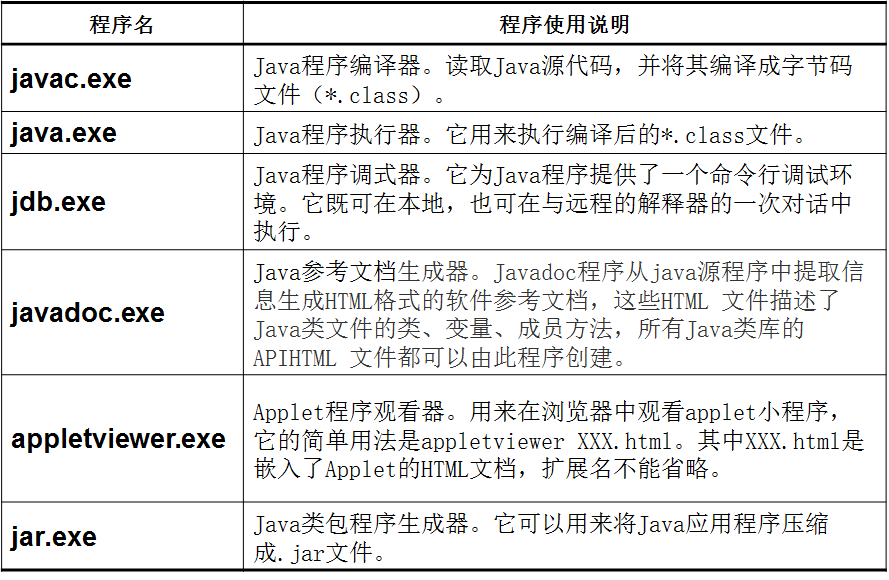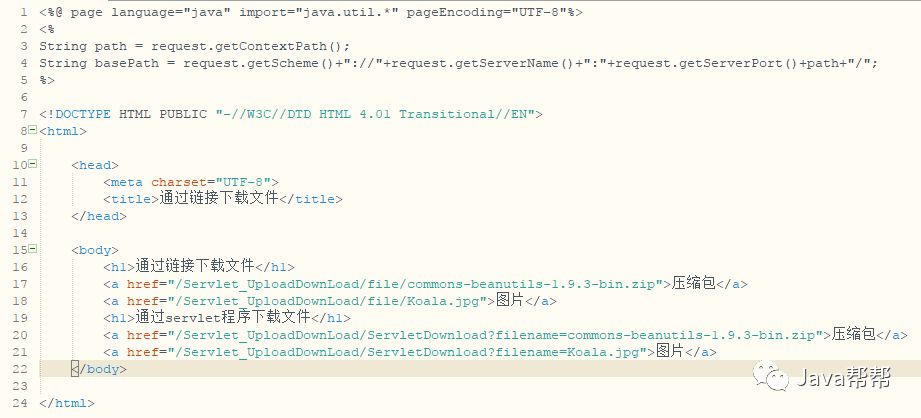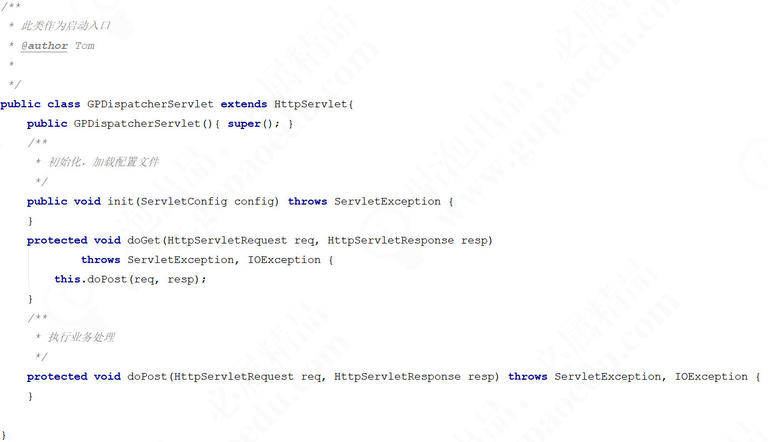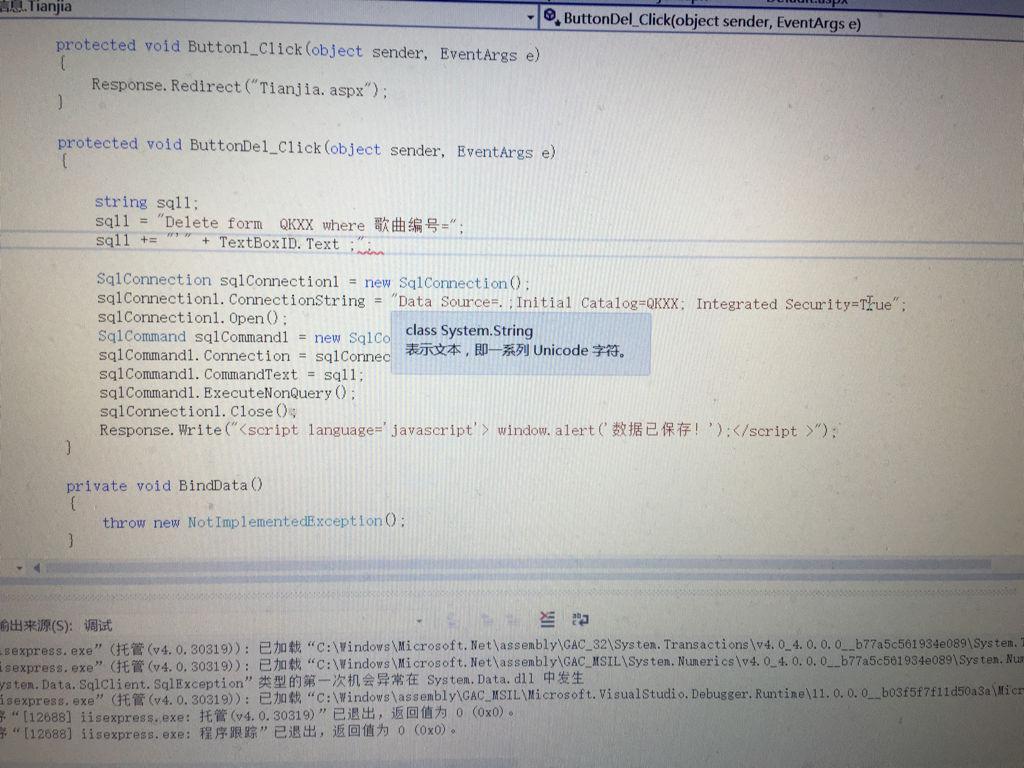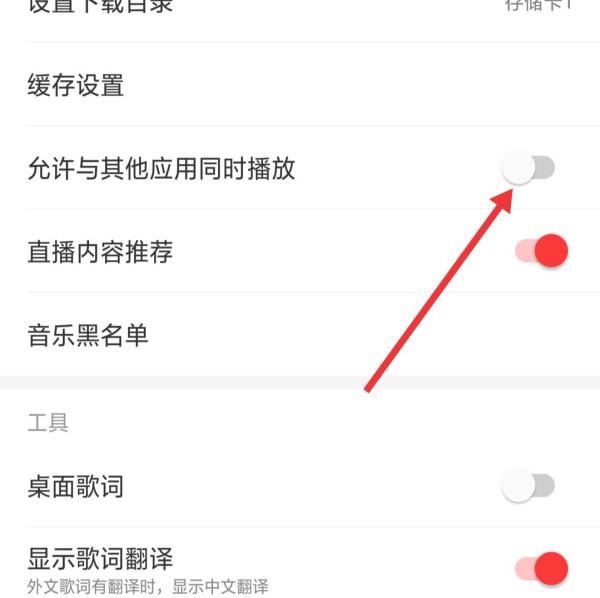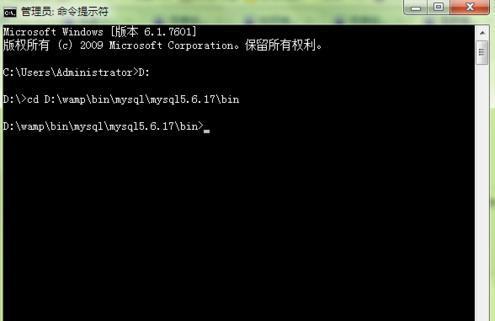上一篇
java怎么实现文件下载
- 后端开发
- 2025-09-01
- 6
Java中,可以使用HttpURLConnection类或第三方库如Apache Common
Java中实现文件下载有多种方式,以下是几种常见的方法及其详细实现步骤:
使用java.net.URL和java.io类
这是最基础的方式,通过URL类获取资源,然后使用InputStream读取数据并写入到本地文件中。
步骤:
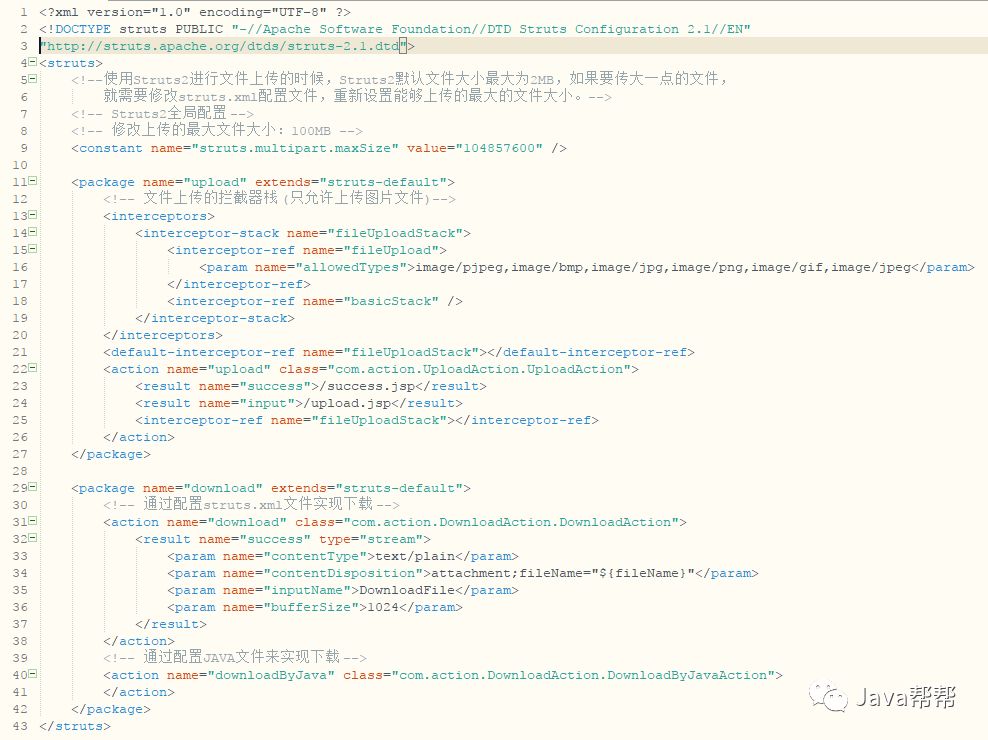
- 创建
URL对象,指向要下载的文件地址。 - 打开连接并获取输入流。
- 创建输出流,将数据写入本地文件。
- 处理异常并关闭流。
示例代码:
import java.io.;
import java.net.URL;
import java.net.HttpURLConnection;
public class FileDownloader {
public static void downloadFile(String fileURL, String savePath) {
InputStream inputStream = null;
FileOutputStream outputStream = null;
try {
URL url = new URL(fileURL);
HttpURLConnection httpConn = (HttpURLConnection) url.openConnection();
int responseCode = httpConn.getResponseCode();
if (responseCode == HttpURLConnection.HTTP_OK) {
inputStream = httpConn.getInputStream();
outputStream = new FileOutputStream(savePath);
byte[] buffer = new byte[4096];
int bytesRead = -1;
while ((bytesRead = inputStream.read(buffer)) != -1) {
outputStream.write(buffer, 0, bytesRead);
}
System.out.println("File downloaded successfully!");
} else {
System.out.println("No file to download. Server replied HTTP code: " + responseCode);
}
} catch (Exception e) {
e.printStackTrace();
} finally {
try {
if (inputStream != null) inputStream.close();
if (outputStream != null) outputStream.close();
} catch (IOException ex) {
ex.printStackTrace();
}
}
}
public static void main(String[] args) {
String fileURL = "https://example.com/file.zip";
String savePath = "D:/downloads/file.zip";
downloadFile(fileURL, savePath);
}
}
使用Apache Commons Net库的FTPClient
如果需要从FTP服务器下载文件,可以使用Apache Commons Net库中的FTPClient类。
步骤:
- 添加Apache Commons Net库到项目依赖中。
- 创建
FTPClient对象并连接到FTP服务器。 - 登录到FTP服务器。
- 使用
retrieveFile方法下载文件。 - 处理异常并关闭连接。
示例代码:
import org.apache.commons.net.ftp.FTPClient;
import java.io.FileOutputStream;
import java.io.IOException;
public class FTPFileDownloader {
public static void downloadFile(String server, int port, String user, String pass, String remoteFile, String localFile) {
FTPClient ftpClient = new FTPClient();
try {
ftpClient.connect(server, port);
ftpClient.login(user, pass);
ftpClient.enterLocalPassiveMode();
FileOutputStream fos = new FileOutputStream(localFile);
boolean success = ftpClient.retrieveFile(remoteFile, fos);
fos.close();
if (success) {
System.out.println("File has been downloaded successfully.");
} else {
System.out.println("Failed to download file.");
}
} catch (IOException ex) {
ex.printStackTrace();
} finally {
try {
if (ftpClient.isConnected()) {
ftpClient.logout();
ftpClient.disconnect();
}
} catch (IOException ex) {
ex.printStackTrace();
}
}
}
public static void main(String[] args) {
String server = "ftp.example.com";
int port = 21;
String user = "username";
String pass = "password";
String remoteFile = "/path/to/remote/file.txt";
String localFile = "D:/downloads/file.txt";
downloadFile(server, port, user, pass, remoteFile, localFile);
}
}
使用第三方库如OkHttp或Apache HttpClient
这些库提供了更高级的功能,如异步请求、超时设置、代理支持等。
使用OkHttp示例:
import okhttp3.OkHttpClient;
import okhttp3.Request;
import okhttp3.Response;
import okhttp3.ResponseBody;
import java.io.File;
import java.io.IOException;
import java.io.InputStream;
import java.io.FileOutputStream;
public class OkHttpFileDownloader {
public static void downloadFile(String url, String savePath) {
OkHttpClient client = new OkHttpClient();
Request request = new Request.Builder().url(url).build();
try (Response response = client.newCall(request).execute()) {
if (!response.isSuccessful()) throw new IOException("Unexpected code " + response);
ResponseBody body = response.body();
if (body == null) return;
InputStream inputStream = body.byteStream();
FileOutputStream outputStream = new FileOutputStream(savePath);
byte[] buffer = new byte[4096];
int bytesRead;
while ((bytesRead = inputStream.read(buffer)) != -1) {
outputStream.write(buffer, 0, bytesRead);
}
outputStream.close();
System.out.println("File downloaded successfully!");
} catch (IOException e) {
e.printStackTrace();
}
}
public static void main(String[] args) {
String fileURL = "https://example.com/file.zip";
String savePath = "D:/downloads/file.zip";
downloadFile(fileURL, savePath);
}
}
使用NIO(New I/O)
Java NIO提供了非阻塞I/O操作,适合处理大文件或高并发场景。
示例代码:
import java.io.IOException;
import java.net.URI;
import java.net.http.HttpClient;
import java.net.http.HttpRequest;
import java.net.http.HttpResponse;
import java.nio.file.Path;
import java.nio.file.Paths;
import java.nio.file.StandardCopyOption;
public class NIOFileDownloader {
public static void downloadFile(String fileURL, String savePath) {
HttpClient client = HttpClient.newHttpClient();
HttpRequest request = HttpRequest.newBuilder()
.uri(URI.create(fileURL))
.build();
try {
HttpResponse<Path> response = client.send(request, HttpResponse.BodyHandlers.ofFile(Paths.get(savePath)));
if (response.statusCode() == 200) {
System.out.println("File downloaded successfully!");
} else {
System.out.println("Failed to download file. Status code: " + response.statusCode());
}
} catch (IOException | InterruptedException e) {
e.printStackTrace();
}
}
public static void main(String[] args) {
String fileURL = "https://example.com/file.zip";
String savePath = "D:/downloads/file.zip";
downloadFile(fileURL, savePath);
}
}
FAQs
Q1: 如何确保下载的文件完整性?
A1: 可以通过计算下载文件的MD5或SHA-256哈希值,并与源文件的哈希值进行比较,以确保文件未被改动或损坏,使用HTTP协议时,可以检查响应头中的Content-Length是否与实际下载的文件大小一致。
Q2: 如何处理下载过程中的网络中断?
A2: 可以实现断点续传功能,即在下载前检查本地是否已存在部分下载的文件,如果是,则从已下载的位置继续下载,这通常需要服务器支持Range请求头,在Java中,可以通过设置HttpURLConnection的`setRequestProperty(“Range”,
